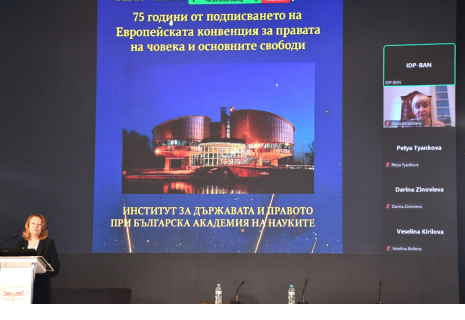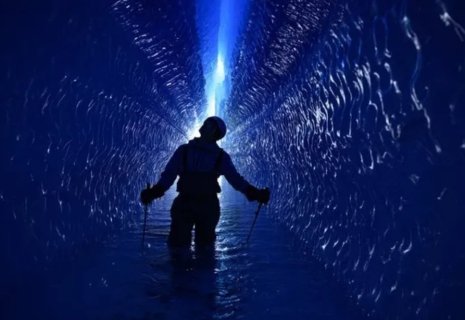
Slovenian astrophysicists discover supermassive black hole
A team of astrophysicists from the Ljubljana Faculty of Mathematics and Physics has discovered an active supermassive black hole in the early universe.
The findings, published in the Nature Communications journal, offer important insights into the formation of early galaxies and black holes, CE Report quotes STA.
The astrophysicists used the James Webb space telescope to discover an active supermassive black hole in one of the earliest known galaxies, which existed only around 570 million years after the Big Bang.
The galaxy CANUCS-LRD-z8.6 is one of the so-called little red dots, a group of distant, compact, red-tinted galaxies that remain one of the greatest mysteries of today's astronomy.
The development of the galaxy is impacted by a black hole in it, which is rapidly growing.
"Large amounts of matter are falling into this black hole, as if it is just eating breakfast," the Ljubljana Faculty of Mathematics and Physics wrote in a press release on Wednesday.
While observations of nearby galaxies showed that the larger a galaxy was, the larger its central black hole would be, the new findings now call that into question.
According to the lead author of the study Roberta Tripodi, the new findings show that black holes in the early history of the universe might have developed much faster than previously thought.
"The black hole in this little red dot is 100 times bigger than the black hole in our galaxy, the Milky Way, while the galaxy itself is 100 times smaller than ours," said Tripodi.
Different theories exist on the development of black holes, she said. "They can grow quickly because they absorb a lot of mass but they gain mass slowly," Tripodi said.
The most likely scenario for the black hole they discovered is quick accretion to a small black hole seed at the very start, she said, explaining that the black hole is absorbing a lot of gas that surrounds it very quickly.
The unexpectedly rapid increase of the mass of the black hole opens questions about the processes that allowed such massive objects to form this early, said Maruša Bradač, head of the research team at the faculty.
"We hope that with further analysis of data from other galaxies we will be able to find more such cases that will shed light on the early history of the universe," she said.
The team is already planning further observations with the James Webb telescope and the Alma telescope to better determine the characteristics of the black hole.
Photo: Faculty of Mathematics and Physics























